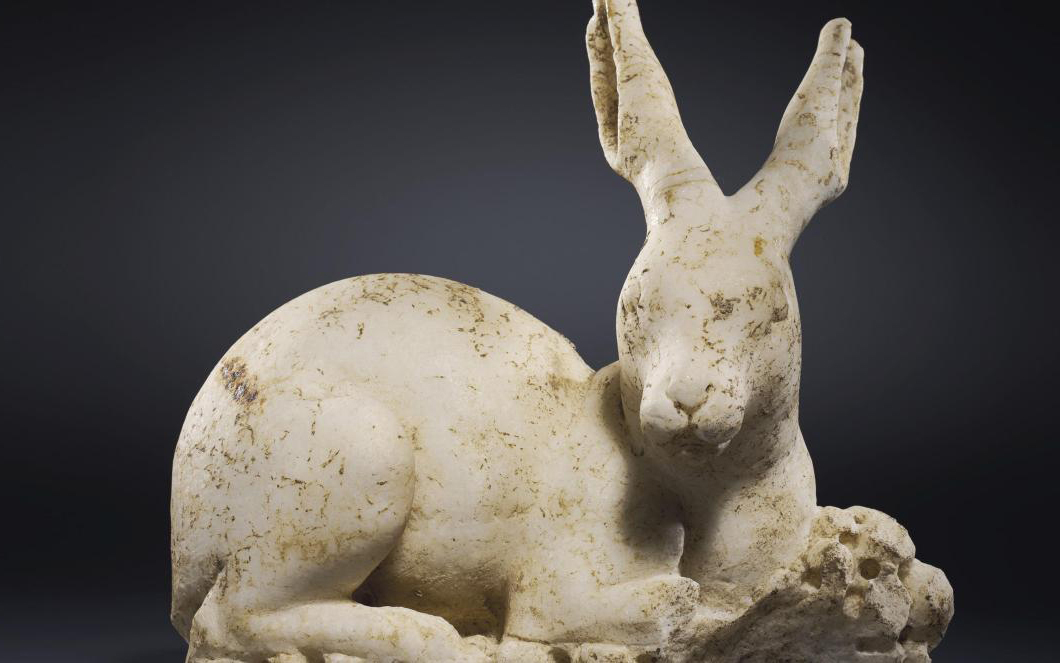
Christie’s has pulled four Greek and Roman antiquities from an online auction after new evidence arose suggesting they may have been looted.
The four lots—a Roman marble hare, a bronze Roman eagle, and two Attic vases—were quietly withdrawn from the antiquities sale, which ends tomorrow, following “new information by the appropriate authorities from archives currently still unavailable to our researchers,” a Christie’s spokesperson told the Guardian.
Christie’s did not respond to requests for comment.
Archaeologist Christos Tsirogiannis, who has a history of outing looted antiquities that come up for sale as well as in private and museum collections, revealed the artifacts’ illicit origins.
“Unprovenanced, looted, and stolen antiquities are continuously on offer by the market, because the market refuses to send images of the objects they intend to sell to the relevant authorities and check these objects with them, before the auction houses and the dealers even compile their sale catalogues,” Tsirogiannis, an associate professor at the Institute of Advanced Studies at the University of Aarhus in Denmark, told Artnet News in an email.
This photograph of a Roman marble hare sculpture from the archives of Italian antiquities dealer Gianfranco Becchina, convicted of selling looted art, matches a work that was set to be sold at an upcoming Christie’s auction. Photo courtesy of Becchina archive.
To stop these sales from going through, Tsirogiannis began compiling his own database of looted antiquities in the early 2000s, gaining access to Greek and Italian records on antiquities trafficking, including photographs and other evidence collected during police raids. He’s tracked down an estimated 1,100 antiquities over the past 15 years.
In this instance, Tsirogiannis was able to trace the four artifacts on offer at Christie’s to Gianfranco Becchina, an Italian antiquities dealer convicted in Greece for selling looted art.
Christie’s pulled this Roman bronze eagle sculpture from auction after its ties to a known trafficker in looted antiquities were uncovered. Photo courtesy of Christie’s.
The hare sculpture (dated to the circa second or third century), which carried an estimate of $20,000 to $30,000, was a match for a photograph from Becchina’s inventory. The dealer’s records noted that he bought the artwork for 13,000 Italian lire in 1987, from a man called Tullio, along with other looted antiquities.
The older of the two vases (circa 540–530 BC), featuring black figures, matched a Polaroid of a vase that Raffaele Monticelli, who served four years in prison for trafficking illicit antiquities, supplied to Becchina. The vase with the red figures (430–420 BC) and the eagle sculpture (circa second or third century) also were a match to photographs of artifacts in the Becchina archive.